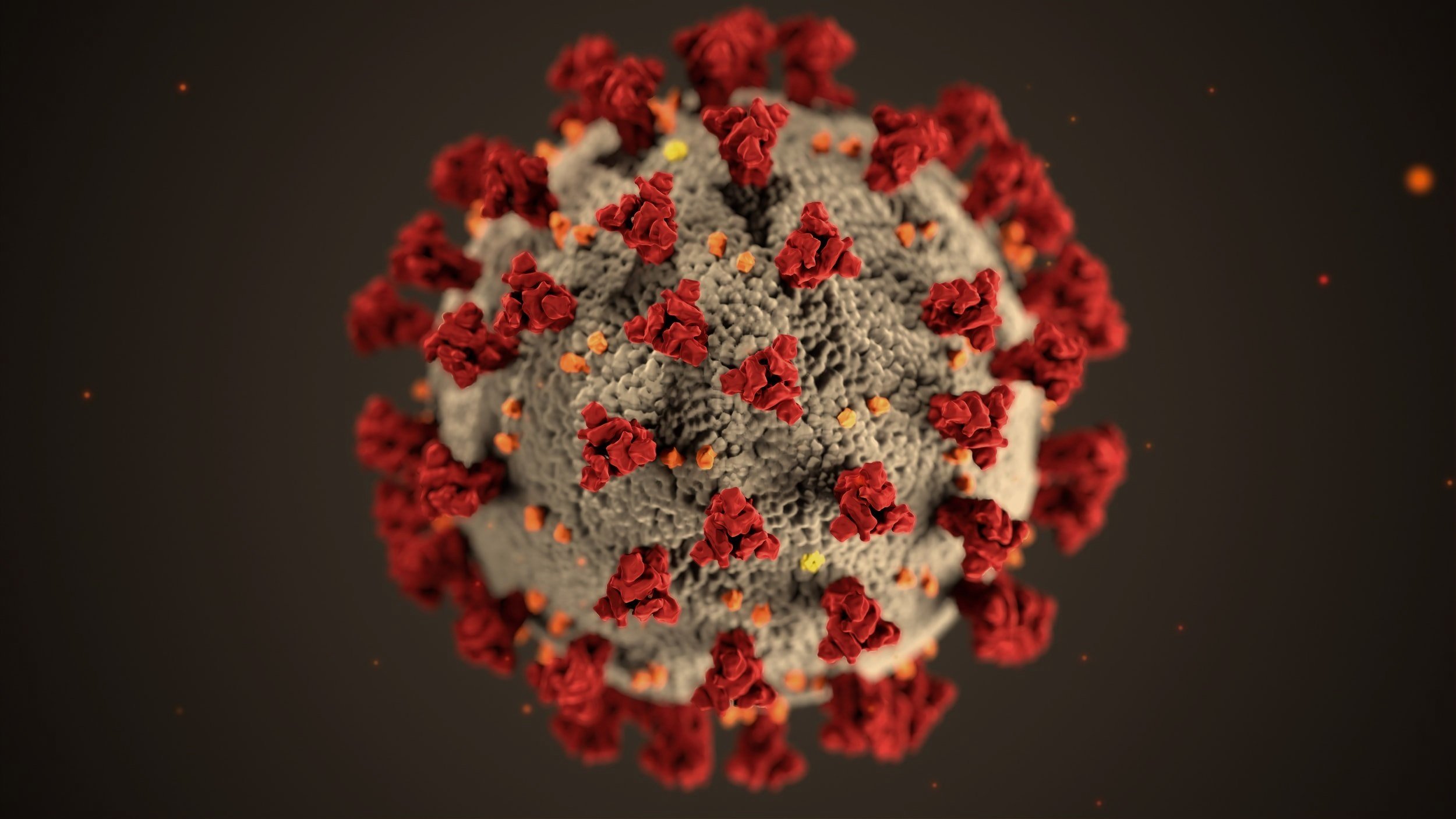
Case Story: Setting an Innocent Indigenous Woman Free
After the tragic loss of her child to SIDS, a grieving mother was charged and convicted of harming her own baby. But there was one problem—she didn’t do anything wrong. This story offers a sad glimpse into the damage that can be done when a reckless prosecutor crosses paths with an incompetent defense attorney.
Cassi’s case was truly one travesty of justice stacked on top of another and another. That is until a group of lawyers, including our firm, banded together to overturn her conviction and secure her freedom, once and for all.
DISCLAIMER:
CASE RESULTS DEPEND ON A VARIETY OF FACTORS UNIQUE TO EACH CASE. CASE RESULTS DO NOT GUARANTEE OR PREDICT A SIMILAR RESULT IN ANY FUTURE CASE.
As any parent knows, sudden infant death syndrome, or SIDS, is perhaps the scariest thing imaginable. That’s because, simply put, SIDS is the unexplained death of a baby. The child goes to sleep, no different than any time before, but then never wakes up. It’s an unimaginable tragedy that about 2,000 parents experience annually.
Because SIDS has no cause and no explanation, it often gets intertwined with the legal system. And in some ways, this makes sense. A child has died, for no obvious reason, and so the thinking is that there must be some sort of foul play involved. But what about when that’s not the case? When it really is just SIDS, which while no doubt tragic, isn’t criminal. When law enforcement jumps to a wrong conclusion and then won’t change its mind no matter how much exonerating evidence emerges.
That’s what this case is about.
Our client, Cassi Black Elk, went to bed one night and woke up the next morning to her infant daughter dead in her crib. Horrified, she immediately called the police for help. But when they arrived, rather than investigating the child, they instead began investigating Cassi. In one of the most harrowing cases we’ve experienced as lawyers, Cassi was charged, convicted, sent to prison, exonerated, released from prison, re-charged, and finally set free for good.
And the only reason it happened was because Cassi knew all along that she didn’t do anything to harm her baby. It was an accident, not a crime, and so she fought tirelessly to prove it.
Here’s how.
The Charge
In February 2022, Cassi, a mother of three, put her kids to bed. The children’s bedtime routine was no different than any other night. The next morning, however, everything changed. When she woke up and checked on the youngest, a 3-week-old infant, she found the child lifeless in her crib. Unsure what happened, Cassi called the authorities immediately.
This well-intentioned decision turned out to be the beginning of a 20-month nightmare.
When the police arrived, rather than treating the child’s death like the accident it was, they began investigating Cassi for criminality. Despite her persistent denials, and consistent story of the previous night’s events, police arrested Cassi because they believed she caused the child’s death.
After conducting two constitutionally problematic interviews with Cassi at the jail, police charged her with multiple felonies related to the child’s death.
From the moment the state charged her, Cassi’s story remained the same: she hadn’t done anything that caused or contributed to her daughter’s death. She wasn’t sure how the child died, but she had nothing to do with it.
The only way to sort out what happened was to conduct an autopsy on the child. If there was foul play, it would show up. If not, it wouldn’t. And so an autopsy was ordered and conducted. But here’s where the case takes its first twist: the report was never shared with Cassi and her original lawyer (we only became her lawyers later in the case).
And it wasn’t like Cassi didn’t want to see the autopsy; she did. It was all she asked about. But she never saw it. Instead, before the autopsy was finalized, her previous lawyer and the state negotiated a “plea agreement” in which Cassi would plead guilty to felony child neglect and receive an 18-month prison sentence.
Cassi didn’t want the deal.
She made it clear to her lawyer that she wanted to see the autopsy results first. But her lawyer was persistent. And told her that this was the best deal she would get, and if somehow the autopsy results were favorable for her, “they would deal with that later.”
With nowhere to turn, and no one on her side, Cassi accepted the “plea agreement” and was sent to North Dakota state prison. An injustice had occurred, but much like a tree that falls in a forest with nobody around, it went seemingly unheard.
Or so the state thought.
The Legal Fight 1.0
Not ready to give up, Cassi kept fighting to prove her innocence from behind bars. There, through sheer force of will, she got access to the autopsy report that her original lawyer had never provided her with.
Now here’s the case’s second twist: the autopsy came back and confirmed what Cassi already knew—she had nothing to do with the child’s death. There was no foul play. The child had died from SIDS. It was an accident. A tragic, tragic accident.
So now what? What does a person do with smoking-gun evidence of innocence?
Here, Cassi worked with nonprofit organizations called F5 and the Great Northern Innocence Project. Together, these groups helped Cassi file something called a postconviction challenge to her conviction. Which is just lawyer talk for asking to overturn her conviction due to new evidence—namely, the autopsy report.
And to nonlawyers, this should be obvious. Of course the conviction should be overturned given the autopsy results. But in the criminal law, nothing is ever that simple. In a system that prioritizes finality over accuracy, getting a conviction overturned is incredibly difficult.
Luckily for Cassi, her lawyers (at this point, our wonderful partners at GNIP) were up to the task.
The Decision 1.0
They filed the postconviction challenge, and amazingly, they won.
That bears repeating.
In an area of law where the chances of success are likely less than 5%, Cassi won right away, and across the board. To say that’s incredible is an understatement.
So how did they do it?
Simple: by shining a light on the egregious conduct perpetrated by both the state and Cassi’s original lawyer.
First, the state.
Two things stand out. First, it was wrong of the prosecutor to even propose a plea agreement before the autopsy results came back. After all, if they didn’t know the cause of the child’s death, how could they think it was fair for Cassi to take a plea?
Second, and far worse, it was inexcusable for the prosecutor to propose a plea agreement because, at the time the plea was offered, the prosecutor herself knew the results of the autopsy. It’s true. Cassi found out after the fact that the prosecutor was actually at the autopsy.
Let’s write that again.
The prosecutor went to the autopsy, learned that Cassi had nothing to do with the child’s death, and still let her plead guilty to felony child neglect and be sentenced to 18 months in prison.
Words cannot describe such cruelty.
Now, let’s talk about Cassi’s first attorney.
While the prosecutor was wrong, so was the lawyer. No lawyer should ever let their client accept a guilty plea without having all the evidence in a case. Here, that didn’t happen. When Cassi pleaded guilty, she didn’t know the results of the autopsy report. Allowing a client to plead guilty in this circumstance is wrong, and legally deficient.
Her lawyer messed up, too. Not as bad as the prosecutor, but still pretty bad.
In the one ruling we feel the district court judge got wrong, he laid the blame at the feet of Cassi’s lawyer instead of the prosecutor. And while we can opine why that might be, ultimately it doesn’t matter. All that does is that he overturned Cassi’s conviction and set her free.
Or so she thought.
Once again, instead of simply admitting they were wrong, apologizing to Cassi, and moving on, the state doubled down and appealed the district court’s decision to the North Dakota Supreme Court.
Thankfully, through more excellent lawyering by GNIP, the state fared no better there, as the state supreme court upheld the judge’s decision to overturn Cassi’s conviction. The vote was 5-0. A clean sweep.
Cassi would be free, once and for all.
Or so she thought.
The Legal Fight 2.0
The state, however, had different plans.
After the state supreme court ruled, the Burleigh County attorney’s office was at the proverbial fork in the road. They could either accept the rulings in the case, accept they were wrong, apologize to Cassi, and move on. Or, despite knowing the autopsy exonerated Cassi, they could recharge her anyway.
They recharged her anyway.
It’s important to say that again.
The state, through the Burleigh County State’s Attorney, recharged Cassi for a crime that their own autopsy proved didn’t happen. Science said she was innocent, two courts said she was innocent, and they still charged her again.
This is where our firm got involved.
After Cassi was recharged for felony child neglect, GNIP reached out to us and asked if we’d represent Cassi in the new case. After being told her heartbreaking story, we immediately agreed.
From the start, our argument was simple: the autopsy showed the child’s death wasn’t Cassi’s fault. And that’s the only evidence the state had in the first case that they said “proved” Cassi was to blame. With that evidence gone, there was nothing left.
At its core, the state couldn’t point to a single thing—not one—that Cassi did that caused or contributed to her daughter’s death. Since they couldn’t do that, the case should be dismissed.
The state responded by claiming that Cassi’s admission that she was drinking the night of the child’s death was enough to constitute child neglect. Putting aside the offensive Native American stereotypes underlying that argument, it’s also just false. There was no evidence proving that Cassi was actually drunk. She admitted drinking in moderation, but nothing more.
And that’s what we told the judge.
We argued that if drinking alone constituted child neglect, then countless North Dakotans who had a few drinks after supper would unknowingly commit felony child neglect every night across the state.
That result is obviously absurd, which is why we believed it was wrong.
The Decision 2.0
Our straightforward argument persuaded the judge.
First, he agreed that the state hadn’t identified the specific thing they claimed Cassi had done to constitute child neglect. Second, he agreed that drinking alone wasn’t enough. So he gave the state 14 days to provide the “specific thing” they claimed Cassi did that made her guilty of child neglect.
Basically, put up or shut up.
The state shut up.
With just days left before the deadline, the state dismissed the case against Cassi. And they did so with prejudice, meaning they can never charge her again.
The 20-month nightmare was over.
Cassi was free. Fully. Finally. Forever.
The Takeaway
This is probably the hardest part to write, because the behavior of the prosecutor here was so bad that these takeaways will be the sharpest criticisms we’ve ever levied in a case story.
But they’re true.
And Cassi deserves them to be told.
The prosecutor committed an ethical violation when she allowed Cassi to sign a plea agreement before the autopsy report came back.
The prosecutor committed a constitutional violation when she attended the autopsy, learned it exonerated Cassi, and then didn’t tell her or her lawyer and instead let Cassi sign the plea agreement.
Knowing the autopsy exonerated her, the prosecutor should have never fought Cassi’s postconviction claim. That she did is ethically problematic, to say the least.
After the state court judge overturned Cassi’s conviction, the prosecutor doubled down on her ethical impropriety by appealing it to the North Dakota Supreme Court.
After two courts agreed that Cassi’s conviction should be overturned, the prosecutor decided to still recharge Cassi for child abuse. Again, this was despite knowing the results of the autopsy report. Once is bad. Twice is abhorrent.
Had our firm not accepted the case and got the charge dismissed, we honestly think the state would have tried Cassi’s case to a jury and argued that she was guilty because she was a drunk Native American who must have done something to her child. In other words, after violating Cassi’s rights a first time and getting caught, the state was ready to do it again. Such reckless disregard for the law should send shivers down the spine of every resident of Burleigh County.
This case was one travesty of justice stacked on top of another and another.
And the state would have gotten away with it but for the never-quit attitude of Cassandra Black Elk. She lost her baby and damn near her freedom.
But she never gave up.
Her lawyers helped, but Cassi’s the real hero.
For more about Cassi’s case, here’s a great write-up by GNIP.
We also talked about Cassi’s case on Afternoons Live with Tyler Axness.
Additional Case Stories
-

Fighting for Release During the COVID-19 Pandemic
We were one of the first law firms in the country to get a client released from jail because of the risk posed by COVID-19.
-

Winning a Federal Felon in Possession Case
Our client’s house caught fire, and when firefighters arrived, they acted like cops instead of firefighters. We challenged the legality of their conduct and won.
-

Winning The First Federal Illegal Reentry Case Of Its Kind
We were one of the first law firms in the country to take a Supreme Court immigration ruling and apply it to a criminal conviction – and win.

